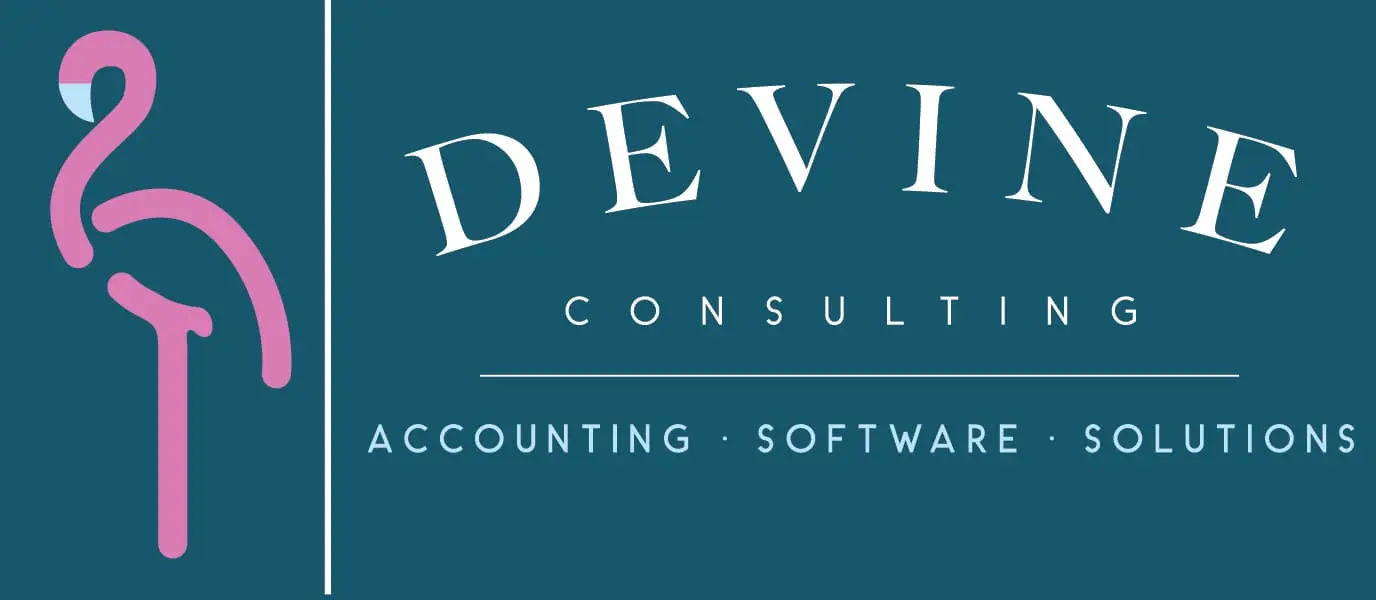How to Create an Effective Monthly Finance Report Template
At Devine Consulting, we know that creating an effective monthly finance report template is essential for businesses to track their financial health.
A well-designed template helps you organize key financial data, spot trends, and make informed decisions. This blog post will guide you through the process of crafting a comprehensive and user-friendly monthly finance report template.
We’ll cover the crucial components, design tips, and best practices for data presentation to help you build a template that meets your company’s specific needs.
What Your Monthly Finance Report Should Include
A robust monthly finance report forms the foundation of sound financial management. Let’s break down the essential components that create an effective monthly finance report.

The Income Statement: Your Profit and Loss Story
The income statement (also known as the profit and loss statement) tells your financial narrative for the month. It displays your revenue streams, cost of goods sold, and operating expenses. This statement helps you understand if you make money and where your expenses reduce profits. For example, a manufacturing company might notice that raw material costs have increased by 15% over the past three months, indicating a need to renegotiate supplier contracts or adjust pricing.
Balance Sheet: A Snapshot of Financial Health
Your balance sheet provides a clear picture of what your company owns (assets), owes (liabilities), and the shareholders’ equity at a specific point in time. It’s essential for assessing your company’s financial position. For instance, if you notice a significant increase in accounts receivable, it might indicate that you need to improve your collection processes to maintain healthy cash flow.
Cash Flow Statement: Following the Money Trail
The cash flow statement tracks the inflows and outflows of cash, categorized into operating, investing, and financing activities. This statement is vital because even profitable companies can face cash shortages. A tech startup might see high profits on paper but struggle with cash flow due to delayed customer payments, highlighting the need for better invoicing practices.
Key Performance Indicators: Measuring What Matters
KPIs are the metrics that matter most to your business. These could include gross margin, net margin, and earnings per share (EPS). For a SaaS company, monthly recurring revenue (MRR) and customer churn rate might be critical KPIs to track. Consistent monitoring of these indicators allows you to quickly identify trends and take corrective action when needed.
Variance Analysis: Comparing Expectations to Reality
Variance analysis compares your actual financial results against your budgeted or forecasted figures. This analysis helps you understand why your financial performance might differ from expectations. Conducting a variance report as part of the month-end closing procedures allows you to see issues or realize opportunities as they arise.
These key components in your monthly finance report will provide a comprehensive view of your company’s financial health. The goal is not just to compile numbers, but to use this information to drive strategic decisions and improve your financial performance.
Now that we’ve covered the essential components of a monthly finance report, let’s move on to designing a user-friendly template that will make these financial insights easily accessible and understandable.
How to Design a User-Friendly Finance Report Template
Prioritize Clarity in Layout
A clean, uncluttered layout forms the foundation of an effective monthly finance report template. Start with a logical flow of information. Place an executive summary at the beginning, followed by detailed financial statements. We recommend a single-page dashboard for key metrics, with subsequent pages dedicated to each financial component. This structure allows readers to quickly grasp the overall financial picture before they examine specifics.
Leverage Visual Elements
Charts and graphs represent data visually, making complex financial information more digestible. Use a line graph to illustrate revenue trends over the past 12 months, or a pie chart to break down expense categories. A study by the University of Minnesota found that people remember only 10% of what they hear and 20% of what they read, but 80% of what they see and do. Recent findings highlight the potential for data visualization to bridge the gap between complex financial information and decision-makers, increasing retention and comprehension.

Craft a Compelling Executive Summary
A concise executive summary at the beginning of your report highlights key financial metrics, notable changes from the previous period, and any critical issues or opportunities. Keep this section to one page maximum. According to a Harvard Business Review study, 65% of executives prefer reports that are five pages or fewer. This preference underscores the importance of brevity and clarity in financial reporting.
Maintain Consistency in Design
Consistency in color scheme, font, and formatting throughout your report enhances professionalism and improves navigation. Choose colors that align with your brand and use them consistently to represent specific types of data. For instance, always use green for positive variances and red for negative ones. This color coding (when used judiciously) can quickly convey performance at a glance.
Customize for Your Audience
Tailor your template to meet the specific needs of your audience. C-suite executives might require a high-level overview, while department heads may need more detailed breakdowns. Consider creating multiple versions of your template to cater to different stakeholders. This customization ensures that each reader receives the most relevant information for their decision-making processes.
The design of your monthly finance report template plays a critical role in communicating complex financial information effectively. A well-designed template not only presents data accurately but also enhances understanding across your organization. In the next section, we’ll explore best practices for data presentation to further refine your financial reporting process.
How to Present Financial Data Effectively
Emphasize Key Metrics
Identify the most critical financial metrics for your business. These may include revenue growth, profit margins, or cash flow. Place these key figures prominently at the beginning of your report. If your company’s primary focus is growth, highlight the year-over-year revenue increase as the first item. This immediate emphasis ensures that the most important information catches the reader’s eye.
Use Color Strategically
Color coding is a powerful tool for quick comprehension. Assign specific colors to different financial categories consistently throughout your report. For example, use blue for revenue, red for expenses, and green for profits. This color scheme should remain constant across all charts and tables. Colors aid learners in focusing their attention on specific information, allowing it to be transferred to short-term and long-term memories. Limit your palette to 3-5 colors to avoid overwhelming the reader.
Provide Context with Year-to-Date Figures
Monthly figures alone can mislead due to seasonal fluctuations. Include year-to-date (YTD) figures alongside monthly data to provide a more comprehensive view. This approach allows for better trend analysis and performance evaluation. For example, if your January sales are down compared to December, the YTD comparison to the previous year can show if this is a typical seasonal dip or a cause for concern.
Explain Complex Data Concisely
While financial experts may understand complex metrics, not all report readers will. Include brief explanations or footnotes for intricate financial concepts. For instance, if you’re reporting on EBITDA, include a quick definition: “Earnings Before Interest, Taxes, Depreciation, and Amortization – a measure of company profitability.” Keep these explanations short (ideally no more than one or two sentences).
Customize for Your Audience
Tailor your data presentation to meet the specific needs of your audience. C-suite executives might require a high-level overview, while department heads may need more detailed breakdowns. Consider creating multiple versions of your report to cater to different stakeholders. This customization ensures that each reader receives the most relevant information for their decision-making processes.

Final Thoughts
An effective monthly finance report template provides a comprehensive view of your company’s financial health. It incorporates key components like income statements, balance sheets, and cash flow statements, allowing for quick identification of trends and potential issues. A clear layout, strategic use of visual elements, and consistent formatting make the report accessible to all stakeholders. Regular financial reporting promotes transparency, facilitates informed decision-making, and helps identify areas for improvement.
We at Devine Consulting understand the importance of accurate and insightful financial reporting. Our team can help you develop a monthly finance report template that aligns with your business objectives and provides the financial clarity you need to succeed. You can focus on your core operations while we ensure your financial management is efficient and strategically aligned with your future plans.
A well-crafted monthly finance report template is more than just a collection of numbers – it’s a roadmap for your company’s financial success. The time you invest to create a template that works for your business will yield improved financial management and decision-making. Your monthly finance report template will become an indispensable tool for tracking progress towards financial goals and making data-driven decisions to drive your business forward.


